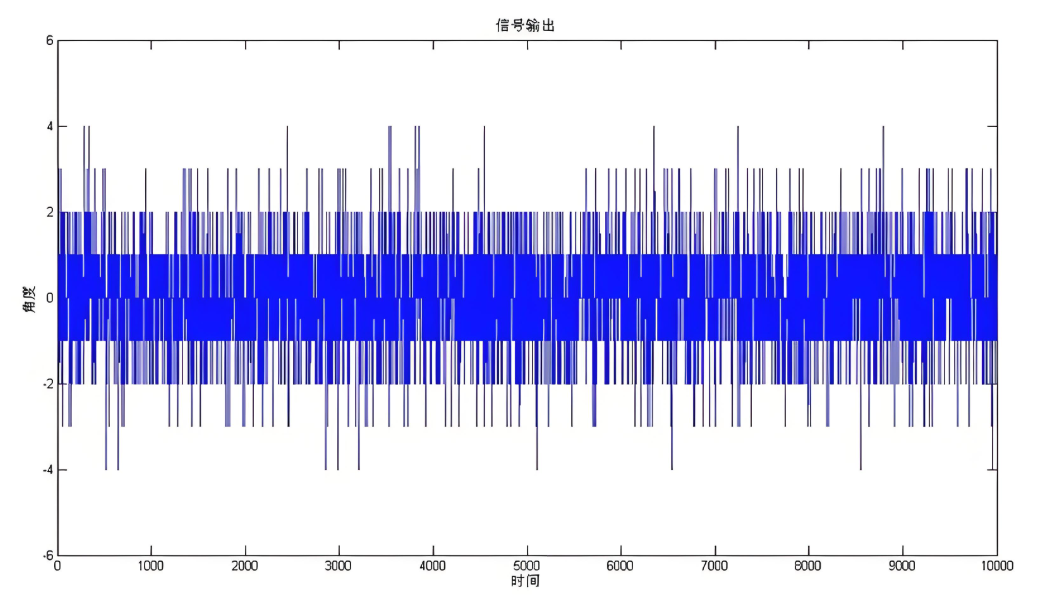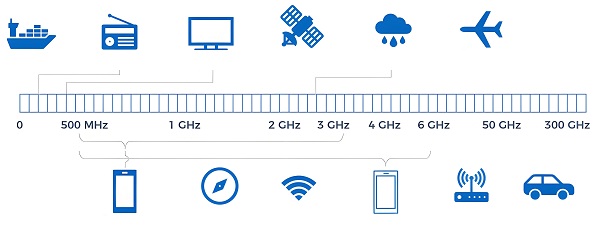Signal-to-noise ratio, often abbreviated as SNR, is a fundamental concept in communications, electronics, and data transmission. It quantifies how strong a desired signal is compared to the background noise. Understanding SNR is crucial for engineers, network administrators, and even tech enthusiasts who want reliable connections and high-quality data.
In this article, we’ll dive into the meaning of SNR, why it matters, how to calculate it, what affects it, and how to improve it. We’ll also cover Wi-Fi-specific SNR and provide practical insights to ensure your signals remain clear and robust.

What is Signal to Noise Ratio?
Signal-to-noise ratio is a measure that compares the level of a desired signal to the level of background noise. It’s usually expressed in decibels (dB). Essentially, SNR indicates how much the signal stands out from the noise.
A higher SNR indicates that the signal is significantly stronger than the noise, which is desirable. Conversely, a low SNR means the signal is barely distinguishable from the noise, which can cause errors, distortion, or interruptions.
SNR is applied across many fields: wireless communications, audio engineering, broadcasting, and even medical electronics. Understanding SNR helps professionals evaluate and optimize system performance.
Signal-to-Noise Ratio Formula in dB
SNR is typically measured in decibels (dB) using this formula:

Where:
- Psignal is the power of the signal
- Pnoise is the power of the noise
Example:
If signal power = 50 mW, and noise power = 2 mW:

This indicates the signal is 14 dB stronger than the noise.
Why Do We Use Signal-to-Noise Ratio?
Signal-to-noise ratio is not just a technical term—it serves as a benchmark for quality. Here’s why it’s widely used:
1. Improved Data Transmission Accuracy
High SNR reduces errors when transmitting data over networks or communication channels. In Wi-Fi networks, for instance, low SNR can result in dropped packets, slow downloads, or unstable connections.
2. Audio and Video Quality
Audio engineers rely on SNR to ensure recordings are clear. A low SNR in audio systems can produce hiss, hum, or other unwanted background noise. In video systems, SNR ensures visual clarity, reducing static or interference in broadcasts.
3. Reliable Network Performance
Wi-Fi, LTE, and 5G networks monitor SNR to evaluate connection quality. Higher SNR values mean users experience faster, more stable connections.
4. Troubleshooting and Optimization
Engineers use SNR measurements to identify weak signals or high-noise environments. Adjusting equipment placement, upgrading devices, or applying noise reduction techniques often improves SNR.
Is Higher SNR Better?
Yes, generally speaking, a higher SNR is better. A high SNR indicates a stronger signal relative to background noise. For instance:
- Wi-Fi networks: An SNR above 40 dB usually ensures fast, reliable connections. Values between 25–40 dB indicate a moderate connection, while below 20 dB may result in frequent drops.
- Audio systems: SNR of 60 dB or higher is considered professional quality. Lower SNR can make background noise noticeable.
- Data networks: Higher SNR reduces transmission errors, increasing reliability.

However, extremely high SNR is not always necessary. Once a signal is sufficiently stronger than the noise to achieve the required performance, further increases may offer diminishing returns. The goal is an SNR that ensures functionality, clarity, and reliability.
What is Considered a Low Signal-to-Noise Ratio?
A low SNR occurs when the signal is close in power to the noise. In practical terms:
- Wi-Fi: SNR below 20 dB is considered poor. Connections are likely to be unreliable, and speeds may fluctuate.
- Audio systems: SNR below 40 dB can make background hiss noticeable.
- Data transmission: An SNR lower than 10 dB may cause frequent errors, lost packets, or communication failure.
Low SNR is often the root cause of performance issues, whether in home Wi-Fi, enterprise networks, or professional audio systems. Recognizing and addressing low SNR is essential for optimal performance.
What Causes Low Signal-to-Noise Ratio?
1. Distance from a transmitter, low transmission power, or physical obstacles can weaken signals, reducing SNR.
2. Environmental interference, electronic devices, or overlapping network signals can increase noise levels.
3. Low-grade antennas, cables, and receivers can introduce additional noise or reduce signal strength.
4. In Wi-Fi networks, multiple devices transmitting simultaneously can create interference, reducing SNR.
5. Signals bouncing off walls, floors, or metal objects can create phase shifts, causing interference and reducing effective SNR.
What Are Common Uses for SNR?
SNR is applied in many technical areas:
- Telecommunications: Evaluates call clarity and network quality in mobile, satellite, and fiber-optic networks.
- Wi-Fi Networks: Helps assess connection quality and identify interference.
- Audio Engineering: Ensures recordings and playback are clear, minimizing background noise.
- Broadcasting: Maintains high-quality video and audio signals for TV and radio.
- Data Transmission: Supports reliable communication in Ethernet, optical fiber, and wireless networks.
- Medical Devices: Monitors clean signals from sensors and equipment, minimizing measurement errors.
Essentially, any system where signals must be distinguished from noise relies on SNR.

What SNR Rating Do I Need?
The required SNR depends on the application:
For Wi-Fi Networks:
- 40 dB+: Excellent
- 25–40 dB: Good
- 15–25 dB: Fair, may experience drops
- <15 dB: Poor, unreliable
For Audio Systems:
- 60 dB+: Professional quality
- 40–60 dB: Acceptable for home use
- <40 dB: Noticeable background noise
For Data Transmission:
- Ethernet or fiber networks generally require at least 20–30 dB to minimize errors.
Selecting the right SNR ensures stable performance and reliable communication.
What Improves Signal-to-Noise Ratio?
1. Use higher-gain antennas, stronger transmitters, or closer placement of devices.
2. Shield cables, move devices away from electrical interference, or use frequency channels with less congestion.
3. High-quality cables, antennas, and receivers reduce inherent noise and maintain signal clarity.
4. Avoid obstacles, reflective surfaces, and interference sources for wireless signals.
5. Filtering, error correction, and noise-reduction algorithms can effectively enhance SNR.
FAQs
1. What is a good SNR for Wi-Fi?
An SNR above 40 dB is excellent. Below 20 dB, connections may be unstable.
2. Can SNR be negative?
Yes. Negative SNR occurs when noise power exceeds signal power, indicating unreliable communication.
3. How can I improve SNR without increasing signal strength?
Reducing noise by shielding devices, moving interference sources away, or using filters can improve SNR effectively.
4. What’s the difference between RSSI and SNR?
RSSI measures signal strength only. SNR compares signal to noise. High RSSI with low SNR may still lead to poor performance.
5. Can SNR be applied to all signals?
Yes. SNR is universal and applies to Wi-Fi, audio, video, radio, and even medical or scientific signals.


